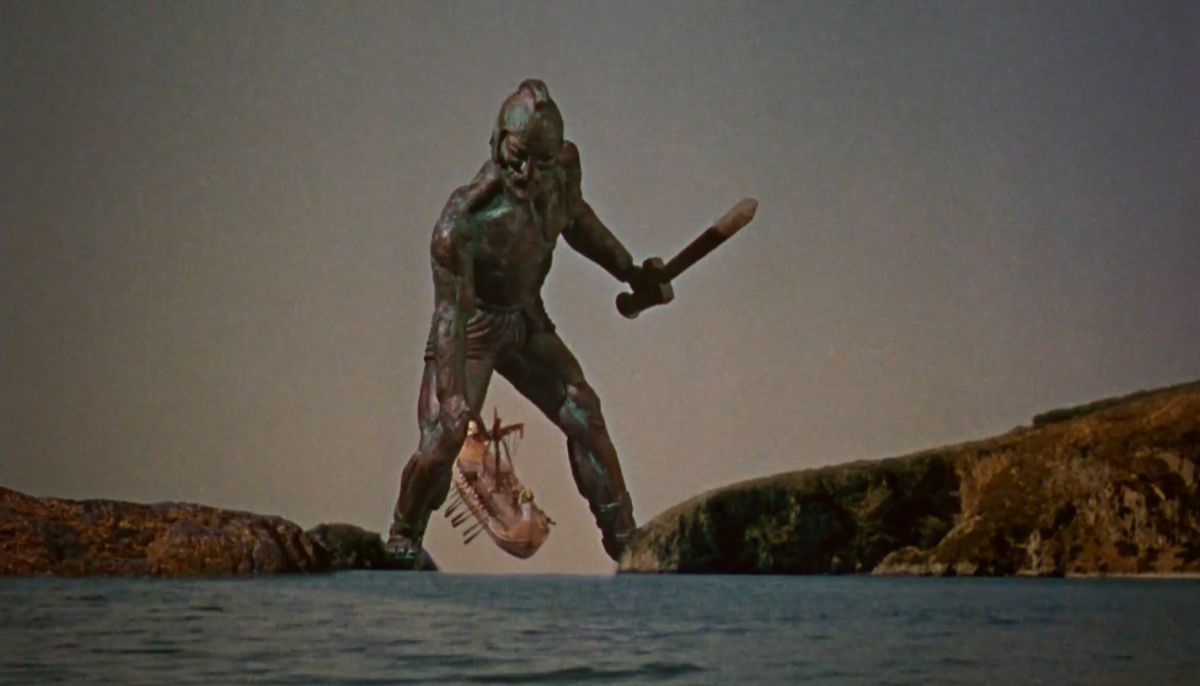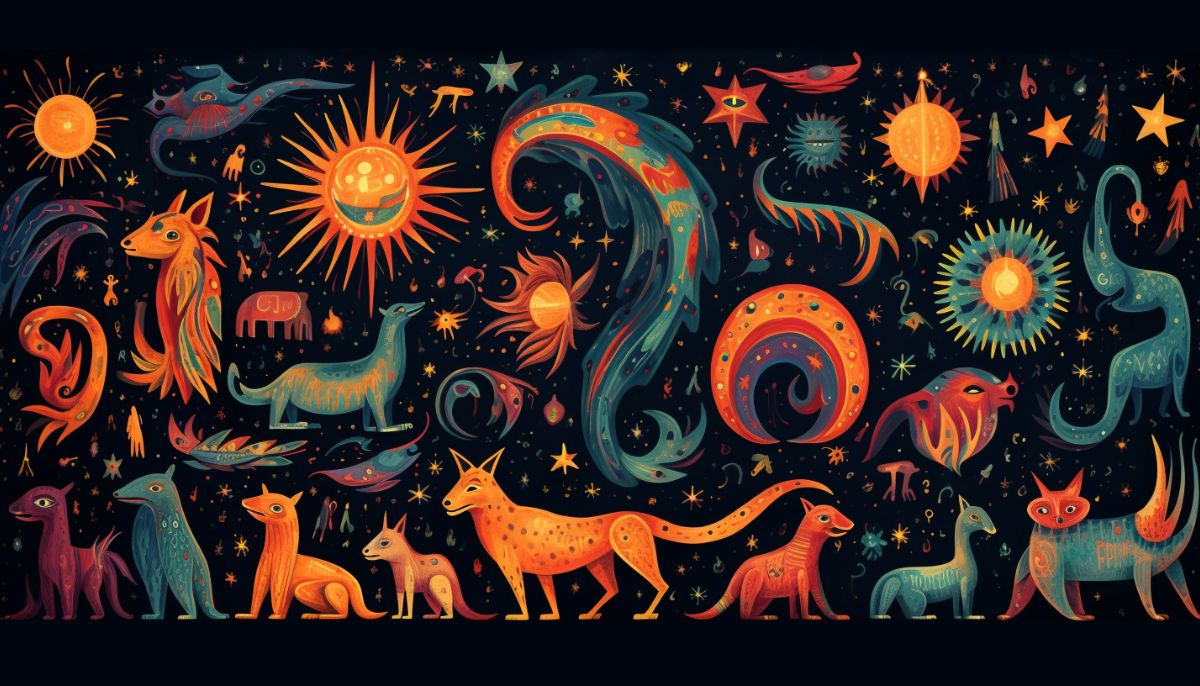In the annals of Greek mythology, few figures captivate the imagination quite like Talos, the bronze giant forged by the divine hands of Hephaistos.
His tale weaves together elements of divine craftsmanship, vigilant guardianship, and a tragic demise.
This article delves into the enigmatic story of Talos, exploring his symbolism, parallels with modern concepts, and the enduring legacy he leaves in the realm of myth
What did Talos look like?

Talos, the legendary figure of ancient Greece, was a giant, bronze automaton—a living statue forged by the divine smith Hephaistos (Hephaestus). Some sources suggest an alternative origin, claiming he was the last of the ancient bronze race of man.
In classical art, Talos was depicted as a handsome young man crafted entirely from bronze. His form exuded an aura of strength and regality, embodying the essence of his bronze construction.
Who created Talos?
Talos was the creation of Hephaistos, the god of blacksmiths and craftsmanship. Hephaistos, known for his extraordinary skill in metallurgy, bestowed life upon Talos, endowing him with purpose and sentience.
According to some interpretations, Talos was not a creation of Hephaistos, but the last survivor of an ancient race of men fashioned from bronze. This alternative account adds a layer of mystique to Talos’ origin.
The existence of Talos was intertwined with the island of Krete (Crete) and its mythological significance. Zeus, the king of the gods, presented Talos to his beloved Europa upon her arrival on the island.
Talos’ role was to safeguard Krete by patrolling its shores, encircling it three times daily, and repelling any would-be intruders, particularly pirates, with a barrage of formidable stone projectiles.
The mythology of Talos
Talos stands as a testament to the boundless creativity of the ancient world. Talos was a marvel of ancient engineering—a living statue gifted with sentience.
Jason and the Argonauts
Talos’ narrative intertwines with the legendary tale of Jason and the Argonauts. As this intrepid band of heroes embarked on their epic quest for the Golden Fleece, they encountered the imposing presence of Talos.
When the Argo, the ship of the Argonauts, approached Krete Talos unleashed a barrage of massive rocks, seeking to deter the intruders. This encounter became a pivotal moment in the Argonauts’ saga, as they grappled with the challenge posed by this formidable bronze sentinel.
The death of Talus

Talos’ invincibility was seemingly insurmountable, with his brazen form impervious to conventional harm. Yet, the crafty Medea, possessing arcane knowledge and a strategic mind, devised a plan to bring about Talos’ downfall.
With her mastery of magic, she exploited a vulnerability in Talos’ construction, ultimately leading to his demise.
Whether through inducing madness or strategically removing a critical bronze stud, Medea succeeded in breaching Talos’ formidable defenses. As a result, the life force within him likened to the divine ichor of the gods, spilled forth, marking the end of the bronze giant’s watch over Krete.
Was Talos a robot?
Talos, as described in Greek mythology, resembles what we might conceptualize today as a robot. Talos possessed a level of autonomy and sentience that aligns with modern notions of robotic beings.
However, it’s important to note that while Talos shares some similarities with robots, particularly in his metallic composition and animated form, he is rooted in the realm of mythology and divine craftsmanship.
Unlike contemporary robots, which are products of human engineering and technological advancement, Talos emerged from the creative hands of a god.
Talos represents a fusion of divine intervention, artistic prowess, and the imaginative capacities of the ancient world, rather than a product of human engineering and technological innovation.
Therefore, while we can draw parallels between Talos and robots in a symbolic sense, it’s important to contextualize him within the rich tapestry of Greek myth and legend.
Want to know more about the creatures and monsters of Greek Mythology?

Explore more articles like this in our broader series on Greek monsters. To delve even deeper into the world of mythical creatures, be sure to check out our comprehensive hub article on the monsters of Greek mythology.






